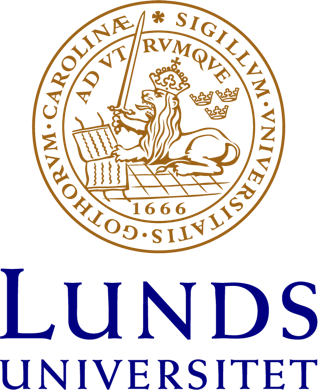2012-12-06
Gesture and Narrativity in Children with Language Impairment
Mats Andrén
I will present results from a comparative study of the use of gesture in children (8-11 years) with language impairment (LI) and typical language development (TD) as they retell cartoon plots. The analysis is conducted in terms of Kendon's (2004) distinction between referential and pragmatic functions of gesture and how they relate to McNeill's (1992) distinction between narrative and extranarrative levels of narration. We found that children with LI produced substantially less gestures in absolute numbers, but that the two groups were strikingly similar, in several respects, when correcting for the fact that the narratives told by the children with LI were shorter.Taking current diagnostic criteria for (expressive and mixed expressive/receptive) language impairment as the vantage point for the discussion of the results, I will consider some fundamental issues for research on gesture in children with language impairment: both on a conceptual and empirical level. On a conceptual level, one may consider what it means to state that "language is impaired". The answer to this clearly depends on whether we consider gesture and "nonverbal communication" to be "part of language" or not, and in what way(s). One may also consider the principal question of what would be considered "normal" use of gesture in a child with impaired spoken language, given that gesture and speech is highly coordinated and co-expressive in children with typically developing language. On an empirical level, there is there is the question of if/how the use of gesture in children with language impairment differ from children with typical development. Is gesture also impaired? Is it somehow unaffected? Is it even used in a compensatory manner? None of these questions can be answered with a simple "yes" or "no", but require more careful discussion.
The study was originally performed by Boel Forssell and Kirsi Mustaniemi, with me and Ulrika Nettelbladt as supervisors. We are now reworking some aspects of the study and plan to submit an article based on this. The overall aim is to contribute to a more precise understanding of multimodality in relation to language impairment and clarification of diagnostic criteria: both conceptually and empirically.
